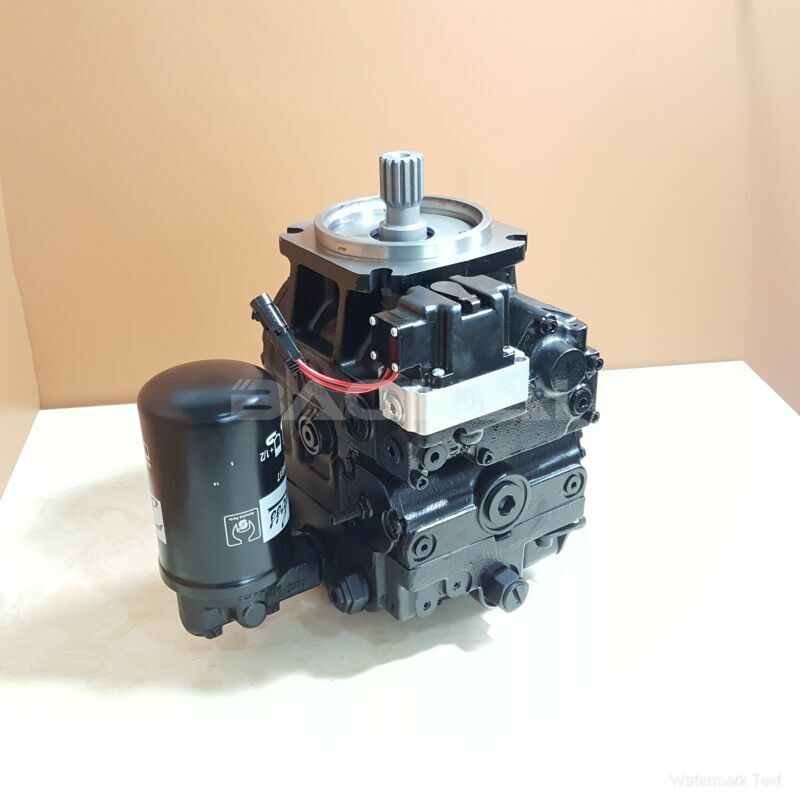90L055KN1NN80R4S1C03GBA353524 hydraulic pump
90L055KN1NN80R4S1C03GBA353524 hydraulic pump

- Product Details
- Applicable Scene
In the food industry, the safety and quality of products are paramount, necessitating stringent sterilization processes. Hydraulic oil pumps play a crucial role in the effective operation of sterilization equipment, ensuring that high-pressure oil is delivered efficiently for tasks ranging from the movement of machinery to the precise control of temperature and pressure in sterilization chambers. Designing these pumps requires a careful consideration of several factors, including materials, efficiency, safety, and compliance with industry standards.
90-L-055-KN-1-NN-80-R-4-S1-C-03-GBA-35-35-24
90L055KN1NN80R4S1C03GBA353524
One of the primary considerations in designing hydraulic oil pumps for sterilization equipment is the choice of materials. Since these pumps are used in food processing applications, the materials must be corrosion-resistant and non-reactive to avoid contamination. Stainless steel is often the material of choice for components that come into contact with the hydraulic oil or the sterilization equipment itself. Additionally, food-grade hydraulic oils must be utilized to ensure that there are no adverse effects on the food products being treated.

83052396
Efficiency is another critical factor in the design of hydraulic oil pumps. Given the energy-intensive nature of sterilization processes, pumps should be designed to operate with minimal energy consumption while delivering optimal performance. This can be achieved by utilizing advanced hydraulic designs, such as variable displacement pumps or gear-driven systems, which can adjust their output based on the specific requirements of the sterilization process. Moreover, incorporating energy recovery systems can enhance overall efficiency and reduce operational costs.
Safety is of utmost importance in the food industry, and hydraulic systems are no exception. The design of hydraulic oil pumps must account for various safety features to prevent accidents or malfunctions that could lead to contamination or equipment failure. This includes the integration of pressure relief valves, temperature sensors, and automatic shut-off mechanisms to manage unforeseen situations. Additionally, all components of the pump and sterilization equipment must be rigorously tested to adhere to safety regulations and industry standards.





